Every year, aquariums introduce millions of people to the wonders of our aquatic world. However, they are more than entertainment destinations; they are home to scientists, educators, conveners, facilitators, advocates, and environmental stewards. These institutions are the frontline workers of ocean and freshwater conservation.
Aquariums across the United States have long been active in conservation, educating the public about marine life and encouraging them to become active participants in conservation efforts. Now, the Aquarium Conservation Partnership (ACP), a coalition aimed at inspiring collective action for ocean and freshwater conservation, is working to unify efforts and amplify the impact of individual institutions.
Kim McIntyre, executive director of ACP; Julie Packard, executive director of the Monterey Bay Aquarium; and Dr Erin Meyer, chair ofACPandchief conservation officer at Seattle Aquarium speak to blooloop about the coalition’s mission and work.
The Aquarium Conservation Partnership
Established by several major US aquariums, including the Monterey Bay Aquarium, Shedd Aquarium, and the National Aquarium, the Aquarium Conservation Partnership was created in 2016 to align public aquariums around the US with a mission to inspire conservation and action on behalf of ocean and freshwater ecosystems and wildlife.
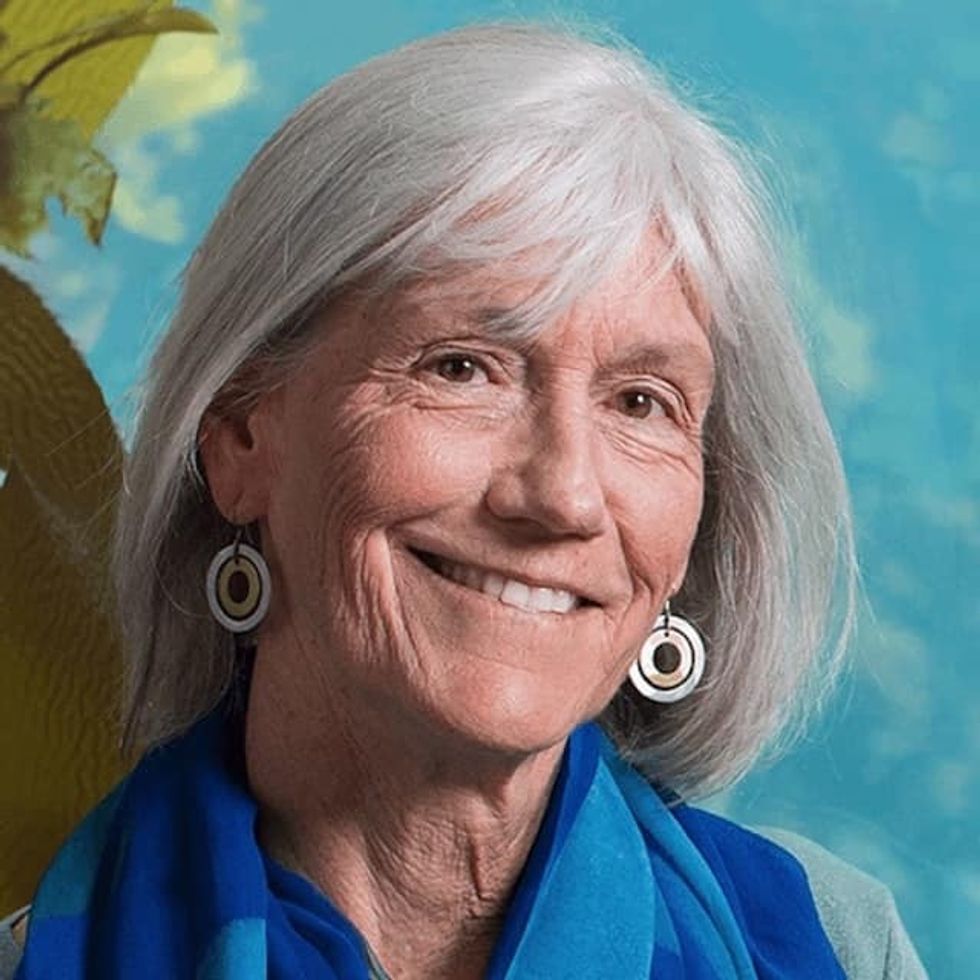
"The idea was to achieve greater collective action by joining together and learning from each other to have a bigger impact," explains Packard.
Founding member Monterey Bay Aquarium has a strong conservation focus. It recognised the potential for greater achievements through collaboration.
"We began doing conservation advocacy, focusing on sustainable seafood and fisheries policy. Over time, our colleagues at the National Aquarium and Shedd Aquarium started similar initiatives. We all thought we could achieve greater impact by creating a model of collective action."
Dedicated to sustainability
This collaboration has since expanded into a coalition of 29 US aquariums and zoos with aquatic exhibits across 21 states. Each member institution has a commitment to sustainable practices and ocean conservation. Priorities are set annually based on critical issues and opportunities for action. Members are all accredited by AZA, the Association of Zoos and Aquariums.

“We're a coalition of dedicated, passionate organisations, all of whom are committed to advancing ocean and freshwater conservation for the future of all of those who depend on it, which is all of us,” says Meyer.
There are member institutions across the United States:
“We have geographic diversity, which ensures we have institutions focused on ocean and freshwater. But it also means that when we're doing policy work, which is the bulk of what we're doing together, we have diverse political views sitting at the table. We have members from red states, blue states and purple states. So, that helps ensure that we're in a better position to get the audience and the buy-in that we need across congressional representation to have more success in moving policies forward."
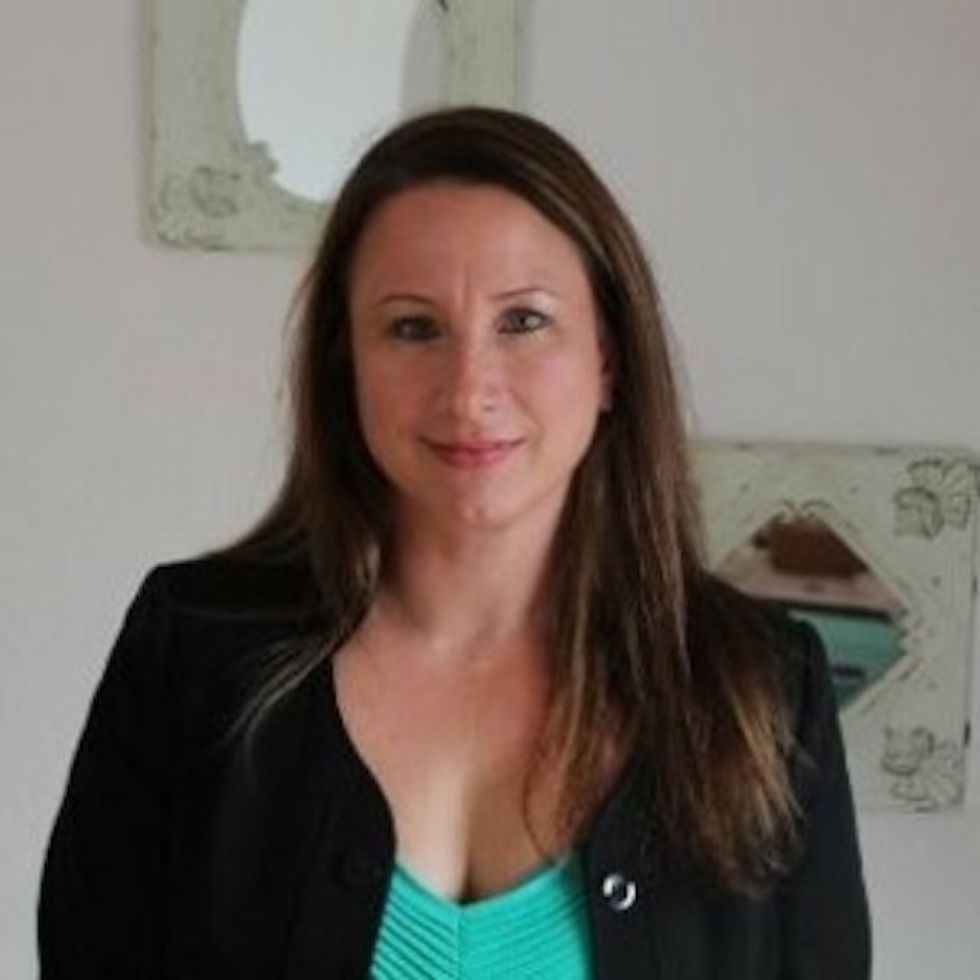
“We're also committed to walking the talk through sustainable and equitable business practices, from reducing plastic pollution and our carbon footprint to moving forward and embracing race equity culture within ACP and our member institutions,” says McIntyre.
Plastic reduction
One of ACP’s early successes was implementing single-use plastic reduction commitments within members’ operations and influencing regional businesses to do the same.
"ACP members have taken action around reducing single-use plastic, collaborating to identify and source products made of alternative materials," says Packard. This initiative includes installing water refilling stations and eliminating single-use plastic bags, straws, and beverage bottles. "In July 2017, ACP members committed to eliminate single-use plastic bags and plastic straws immediately and to eliminate plastic beverage bottles by 2020."
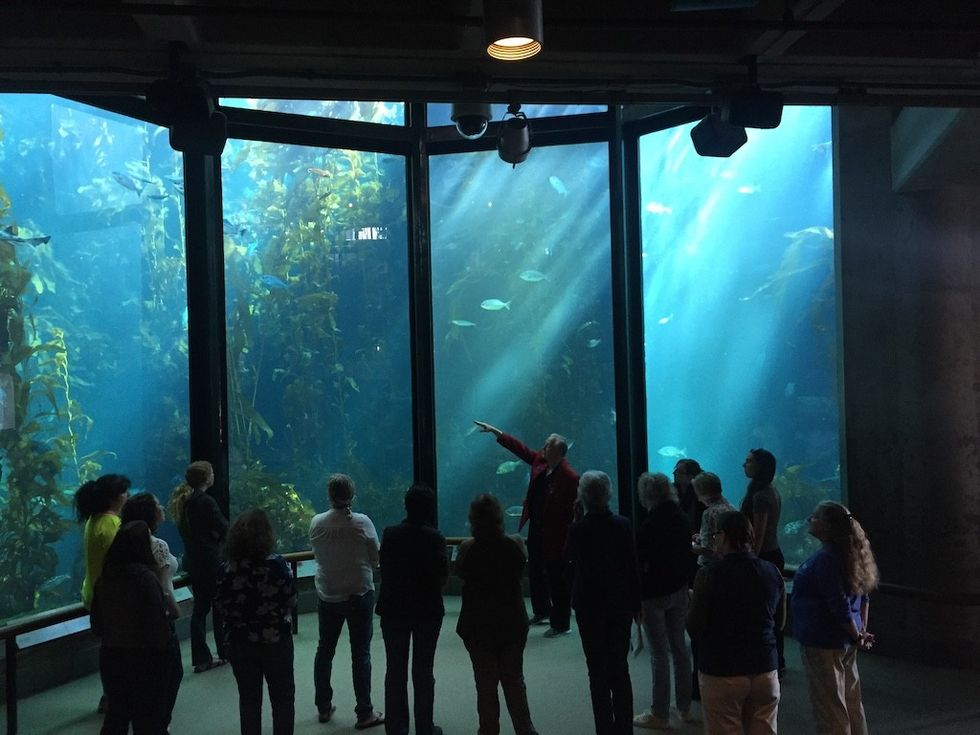
“We were created to give aquariums a pathway to work together to leverage our collective resources, drive measurable ocean policy change, and work together for ocean advocacy,” says Meyer. “We recognised that if we came together, we could increase our collective impact, create policies that are enduring and would be more likely to get them passed.”
The collective approach has proven effective. For example, when Monterey Bay Aquarium and its partners worked with a major vendor to eliminate plastic packaging, the vendor developed a new solution that could also be applied to other clients. "It does have a multiplying effect," Packard notes.
Another success was the widespread adoption of sustainable seafood practices, largely driven by Monterey Bay Aquarium's Seafood Watch program. This initiative has had a profound global impact by informing consumers and businesses about sustainable seafood choices.
Policy influence
ACP's work extends beyond internal practices to influence broader policy and inspire public action.
“When we're working on moving innovative policy forward around, for example, climate change or plastic pollution or wildlife conservation, we do so in collaboration with our members within ACP, but we also collaborate with other nonprofit organisations, with government agencies, and many others to make sure that the work is reflective of the wider body of people who are both likely to be involved in implementing it and likely to experience the impact of that legislation,” says McIntyre.
“It's not just us going out and saying, ‘We have this idea. Let's work together on something.’ Now, state and federal agencies are coming to us with ideas. We have congressional representatives coming to us to ask for our advice on legislation that they're working on. When we reach out to congressional and presidential administrative offices to set meetings, they accept them.
“That is a demonstration that they are seeing the role, the value, the impact, and the influence of ACP. They want to bring us to the table, to bring our diversity of expertise to understand the priorities and the intent and the perspectives of the communities that we represent as aquariums and as ACP more broadly.”
The Aquarium Conservation Partnership shares expertise
Collaborations with organisations like the World Association of Zoos and Aquariums (WAZA) and SSA Group have produced guides that can be used by zoos and aquariums worldwide.
For example, ACP contributed to WAZA’s short guide, How to reduce single-use plastic at your zoo or aquarium. The WAZA Task Force on Single-Use Plastic compiled this to help institutions implement the policies and changes needed to reduce the use of single-use plastic. It contains simple steps organisations can take to start changing the way they think about, offer and use some of the most common single-use plastic items, regardless of their location or budget.
Another key document is the Aquarium Conversation Partnership’s Sustainable Purchasing Guide. This is supported by retail provider SSA Group and environmental consultant Verdis Group.
"There's a real opportunity with these retail partners to demonstrate how to do it better," Packard says. "We're all working together to demonstrate solutions that work, and the sustainable purchasing guide is one example." This guide helps institutions globally implement sustainable practices, emphasising the importance of sharing expertise.
Inspiring public action
Aquariums play a crucial role in connecting people with marine life, which is fundamental to inspiring action. "Our mission at the Monterey Bay Aquarium is to inspire ocean conservation," Packard says. "Seeing live animals in an aquarium is where it starts. People come and see beautiful ocean life and hopefully fall in love with it."
Aquariums educate visitors about issues like plastic pollution through interpretive programs. Packard highlights the story of Albatross Annie at Monterey Bay, a rescued bird that helps convey the impact of plastic on seabirds. "She provides a wonderful story to tell about the huge amount of plastic that seabirds are ingesting," she explains.

Meyer says the public is often looking for ways to get involved:
“During the first few years of ACP, we worked to support our members in getting their leadership and staff on board with becoming involved in policy and advocacy work. So, we did test engagements on the floor and exit interviews. We learned that people want that opportunity to act. And this helped more of our members join in and create opportunities for guests to take action.”
In a world where people are bombarded with information from different sources, aquariums play a key role as places that are trusted, she adds:
“We share information based on science and knowledge, and we have a level of trust because we are a part of the communities where we are located. That allows us to share information in a way that other organisations perhaps cannot.”
ACP's efforts have reached millions of visitors annually, informing them about the impacts of plastic pollution and encouraging actions to reduce single-use plastics. "We've communicated with over 35 million annual visitors about impacts on wildlife and ecosystems," Packard notes.
Leading by example at the Aquarium Conservation Partnership
For ACP members, committing to sustainable practices internally is as important as advocating for them externally. This walk-the-talk ethos is vital, says McIntyre.
“We do a lot of policy and advocacy work around issues such as plastic pollution, protecting ecosystems, and sustainable fisheries and aquaculture. When we look at what we're doing through that legislation, we’re asking consumers or industries to make a change. So, we take a step back, look at ourselves and realise that we need to do that, too.
“We need to be moving forward on our own initiatives around plastics and climate and sustainable seafood and equity so that when we're at the table, encouraging or trying to push legislation forward that's asking others to do the same, we can say we're already doing it.
"It's essential to keep improving our ability to walk the talk and share that with the public," Packard adds. “Authenticity is key to building trust and inspiring hope.”

In 2022, ACP members made a joint climate commitment to reduce carbon footprints. ACP received a grant from the Institute of Museum and Library Services to support this work. Seattle Aquarium is one of the members working on meeting ACP’s climate commitment:
“The climate commitment started by asking our members to assess their greenhouse gas emissions and establish their net-zero pathway. At Seattle Aquarium, we have been tracking our greenhouse gas emissions since 2012," says Meyer.
"We have been carbon neutral for Scopes 1 and 2 since 2014. So, when we took on this commitment, we took it as an opportunity to renew our commitment to reducing our carbon footprint and look more deeply into our Scope 3 emissions.
“For us, it catalysed and reinvigorated our existing climate commitment.”
Expanding involvement and impact
The Aquarium Conservation Partnership is eager to expand its reach and welcomes involvement from industry professionals worldwide. "Connect with ACP members and our staff," Packard encourages. "The more people join the cause, the more we can scale up and make real change."
Strength in numbers is essential to ACP's strategy, particularly in influencing suppliers and creating sustainable products. "If there's enough volume, we can make change for the businesses involved," Packard explains.
Currently, ACP is focused on the US. However, it is looking to welcome its first international members soon says Meyer:
“The two bodies of work that we primarily work on are policy and advocacy, and sustainable business commitments. It will take us some time to think about how to step into the global landscape on the policy side. But sustainable business commitments are something that we are having conversations about; how do we bring that into aquariums and zoos and aquariums outside of the US?
‘We also have developed several tools to help zoos and aquariums assess their carbon emissions worldwide. We have a proprietary greenhouse gas emissions calculator specifically designed for our industry that we are ready and willing to share with anybody. As zoos and aquariums, we have unique greenhouse gas emissions that an office building may not be considering. So, this is specific to our industry.
“If you are an accredited aquarium or zoo and aquarium, we strongly encourage you to reach out. We can share the details around what it means to be a member and how you can become a member of ACP.”
ACP and the power of collective action
The Aquarium Conservation Partnership exemplifies the power of collective action in addressing environmental challenges. By uniting aquariums across the United States, ACP amplifies individual efforts, drives sustainable practices, and inspires public action. As Packard emphasises, "We're qualified to set the example for others, cleaning up plastic, reducing carbon footprints, and encouraging sustainable practices. When we walk our talk, we build honest and authentic connections."
“The Aquarium Conservation Partnership exists because conservation work isn't possible without doing things collectively and collaboratively,” adds McIntyre. “It's the collective impact of numerous different and diverse organisations coming together that can make the change we're all trying to push toward for our future.
“The ACP is an incredible example of a coalition of passionate, dedicated individuals and organisations working toward that collective impact for a more sustainable, equitable, resilient future for all.”
Through collaboration, education, and leading by example, ACP continues to work towards a sustainable future for our oceans and freshwater systems. As the partnership grows, so does its impact, demonstrating that together, we can achieve much more than we can alone.
Charlotte Coates is blooloop's editor. She is from Brighton, UK and previously worked as a librarian. She has a strong interest in arts, culture and information and graduated from the University of Sussex with a degree in English Literature. Charlotte can usually be found either with her head in a book or planning her next travel adventure.


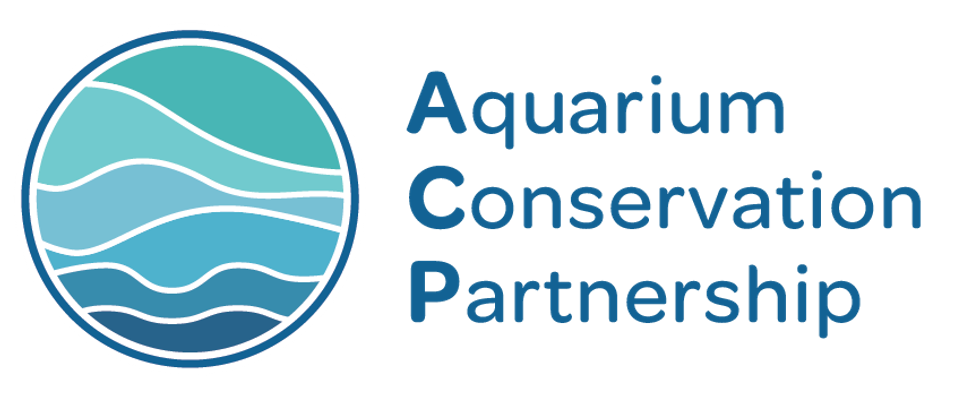
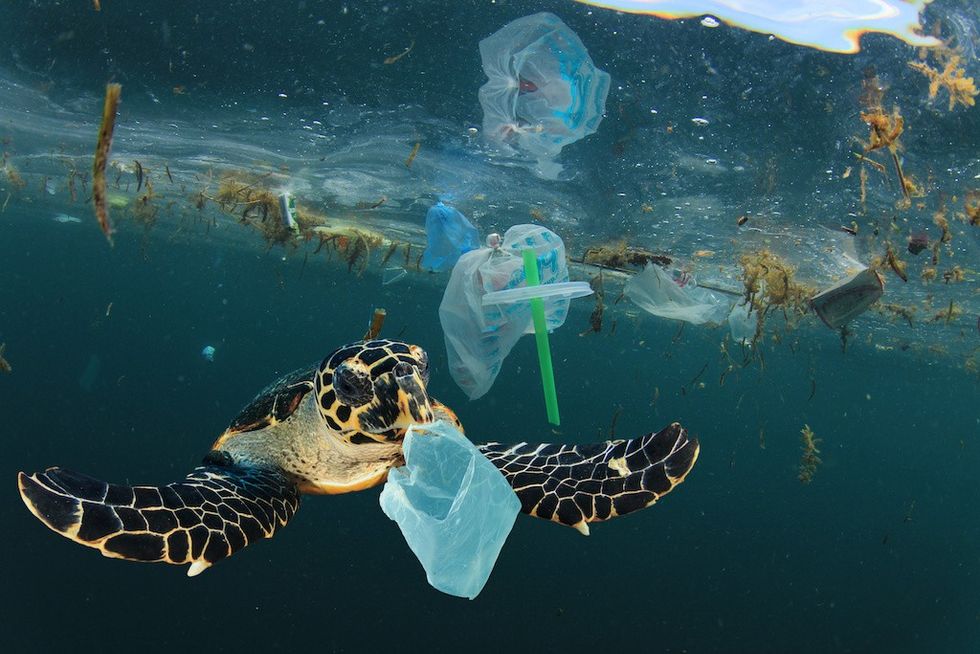

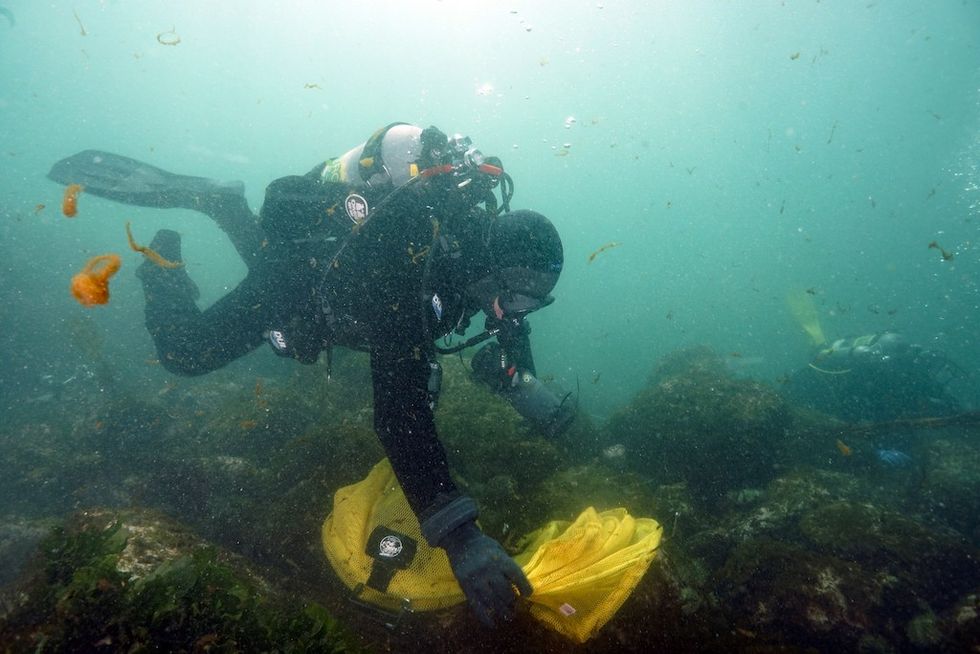




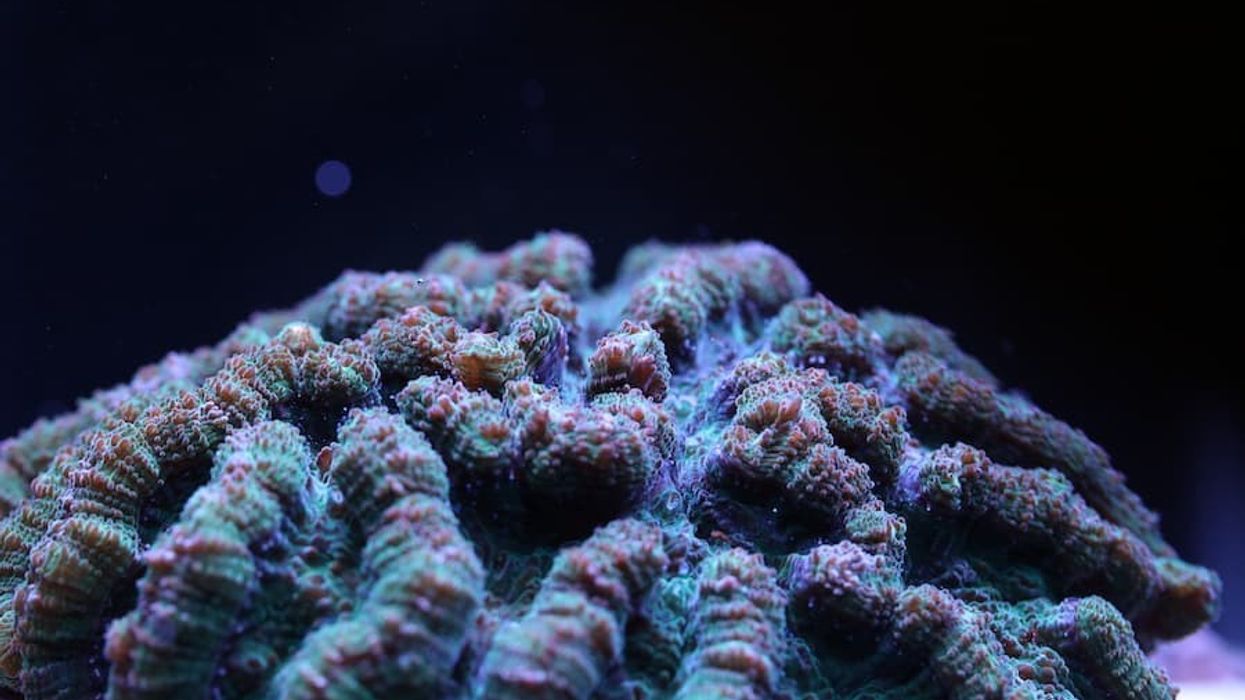
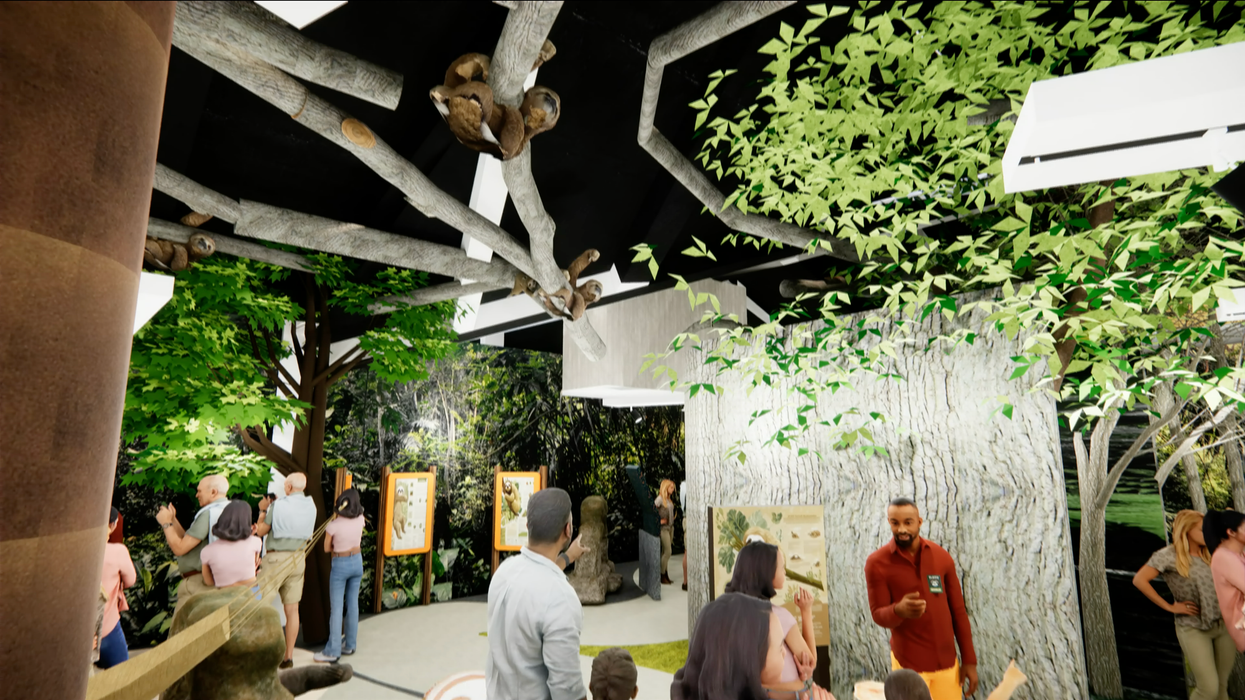



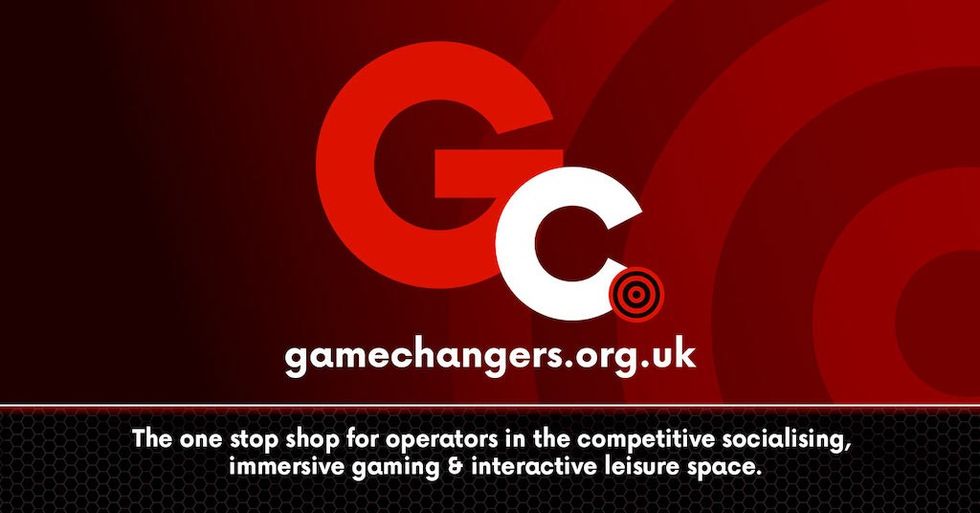
 Matt Eley and Sharon Dickinson
Matt Eley and Sharon Dickinson
 EAG Expo 2025
EAG Expo 2025
 Ballers Clubhouse Carlton
Ballers Clubhouse Carlton 








 TM Lim and Adam Wales
TM Lim and Adam Wales



 Toby Harris
Toby Harris Hijingo
Hijingo Flight Club, Washington D.C.
Flight Club, Washington D.C.
 Flight Club Philadelphia
Flight Club Philadelphia Flight Club Philadelphia
Flight Club Philadelphia Bounce
Bounce Hijingo
Hijingo Bounce
Bounce
 Fernando Eiroa
Fernando Eiroa











 Nickelodeon Land at Parque de Atracciones de Madrid
Nickelodeon Land at Parque de Atracciones de Madrid Raging Waters
Raging Waters  Mirabilandia's iSpeed coaster
Mirabilandia's iSpeed coaster Parque de Atracciones de Madrid
Parque de Atracciones de Madrid Ferracci at the ribbon-cutting ceremony for Nickelodeon Land at Mirabilandia, with (left) Marie Marks, senior VP of global experiences for Paramount and (cutting the ribbon) Sabrina Mangina, GM at Mirabilandia
Ferracci at the ribbon-cutting ceremony for Nickelodeon Land at Mirabilandia, with (left) Marie Marks, senior VP of global experiences for Paramount and (cutting the ribbon) Sabrina Mangina, GM at Mirabilandia Tropical Islands OHANA hotel
Tropical Islands OHANA hotel Elephants at Blackpool Zoo
Elephants at Blackpool Zoo  Tusenfryd
Tusenfryd